Have you ever wondered how to fold ingredients or whether there's a difference between beating and whipping ingredients? This post will explain common mixing methods, when to use each one, and the proper technique for each.
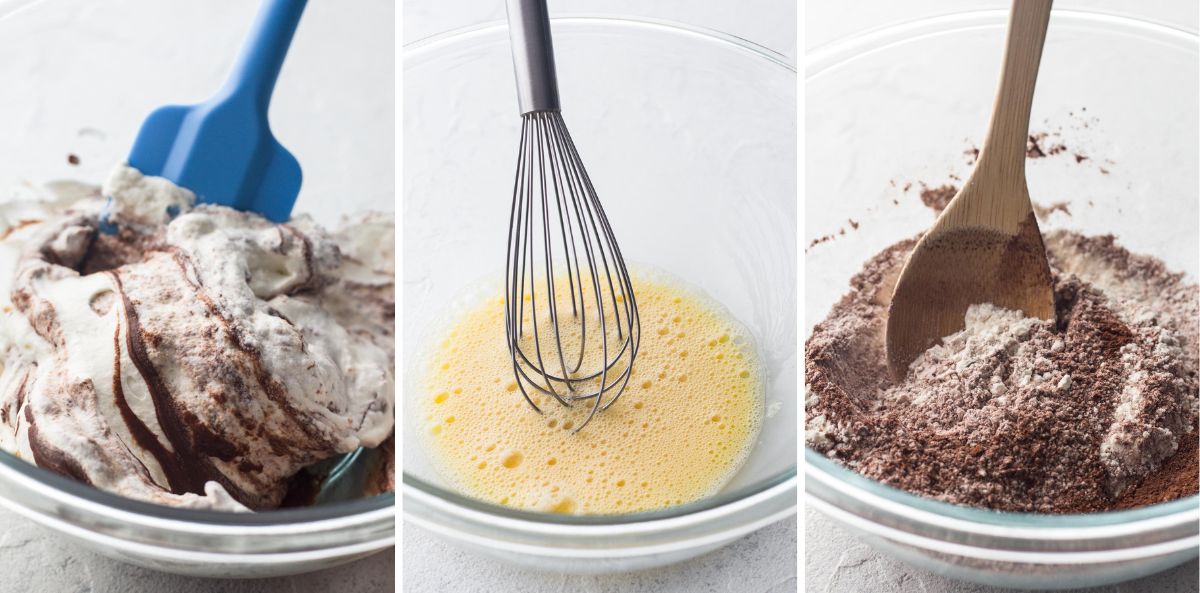
Jump to:
I firmly believe that if you can read a recipe you can bake. I will admit that baking terminology can sometimes be tricky, but understanding the meaning of these basic baking terms will help you find success in the kitchen.
So what does it mean to "beat" the eggs? Is there a difference between beating and whipping? And what the heck does it mean to fold in the whipped cream, anyway?! (Side note: Any Schitt's Creek fans recall this hilarious scene from season 2?)
In this post, I'll break down each of these mixing techniques used to combine ingredients. Plus, I've included a helpful video that shows exactly how to fold, beat or stir ingredients when baking (or when cooking, too)!
Fold vs. Beat vs. Stir
Folding, beating, and stirring are three different methods for mixing ingredients when baking. Each one uses a different motion and a different tool, producing a different result.
I recently saw a popular baking blogger on Instagram say that folding is just a fancy term for stirring, and I cringed. Using the wrong mixing method for your recipe could mean failing to incorporate air into your batter or accidentally deflating your dough. This would have big - and bad - consequences for your final baked good.
Here I'll explain the definition of each mixing method and explain how to do it, including examples of when to use each method and the kitchen tools most commonly used for each.
Video: How to Fold, Beat & Stir
What Does Fold Mean in Baking?
Folding is a way to gently combine ingredients with different densities without deflating the lighter/aerated ingredient. It is most often done by adding the lighter ingredient to the heavier ingredient. A lighter ingredient, like whipped egg whites, may be folded into a heavier ingredient or mixture, like cake batter, in order to preserve the air bubbles in the egg whites, which will add lightness to the cake batter.
How to Fold Ingredients
You'll want to use a large bowl, since this will give you plenty of room for turning the ingredients. Place the heavier ingredient or mixture into the bowl first (e.g. cake batter), then add the lighter/aerated ingredient or mixture (e.g. whipped egg whites) on top. Then, use a rubber spatula to gently and repeatedly lift and turn the ingredients. Slide the spatula along the bowl's bottom edge, and rotate your wrist as you bring the spatula back upward, moving the ingredients from the bottom of the bowl up to the top over and over. Keep repeating this motion until the ingredients or mixtures are combined. See the video above for a visual example.
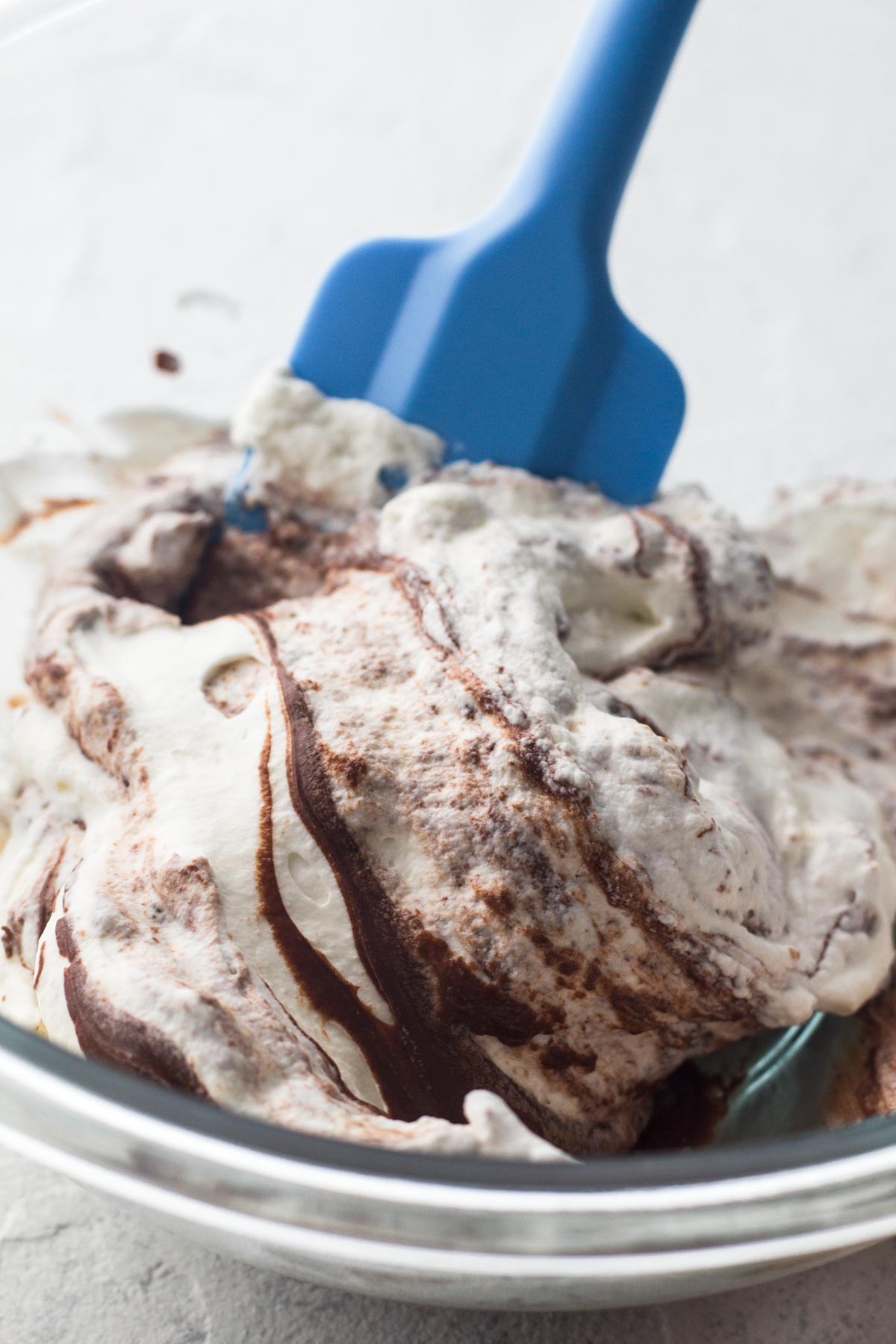
What Does Beat Mean in Baking?
Unlike folding, beating means to stir rapidly to blend ingredients into a smooth mixture while also adding a bit of air to the mixture. Beating can be done by hand with a whisk or using a stand mixer with the whisk attachment (or an electric handheld mixer) on medium to high speed. Beating requires some liquid and can be used to mix liquid ingredients or a combination of dry and liquid ingredients. As an example, eggs are commonly beaten to combine the egg white and yolk and to incorporate a bit of air.
Whipping is similar to beating, but the two are not synonyms. Whipping means to beat vigorously in order to incorporate a large amount of air into an ingredient or mixture. For example, whipped cream and whipped egg whites are made by whipping lots of air into cream and egg whites, respectively.
How to Beat Ingredients
You'll want to use a large bowl, since this will catch any splatter when beating. Add the ingredients to the bowl, and begin beating using a metal whisk. Hold the whisk at an angle (roughly 45 degrees) to the bowl and spin your wrist in a circular motion, lifting the whisk up and out of the mixture then bringing it back down to the bottom of the bowl. Most of the motion will come from your wrist rather than from your arm. See the video above for a visual example.
Tip: It may be helpful to tilt the bowl at a slight angle by holding the rim with your non-dominant hand and lifting that side of the bowl up slightly to tilt the bowl towards the whisk in your dominant hand.
Alternatively, you can use an electric mixer. Beat using an electric handheld mixer on medium to high speed, moving it in a circular motion around the bowl. Or, add the ingredients to the bowl of a stand mixer fitted with the whisk attachment and beat on medium to high speed.
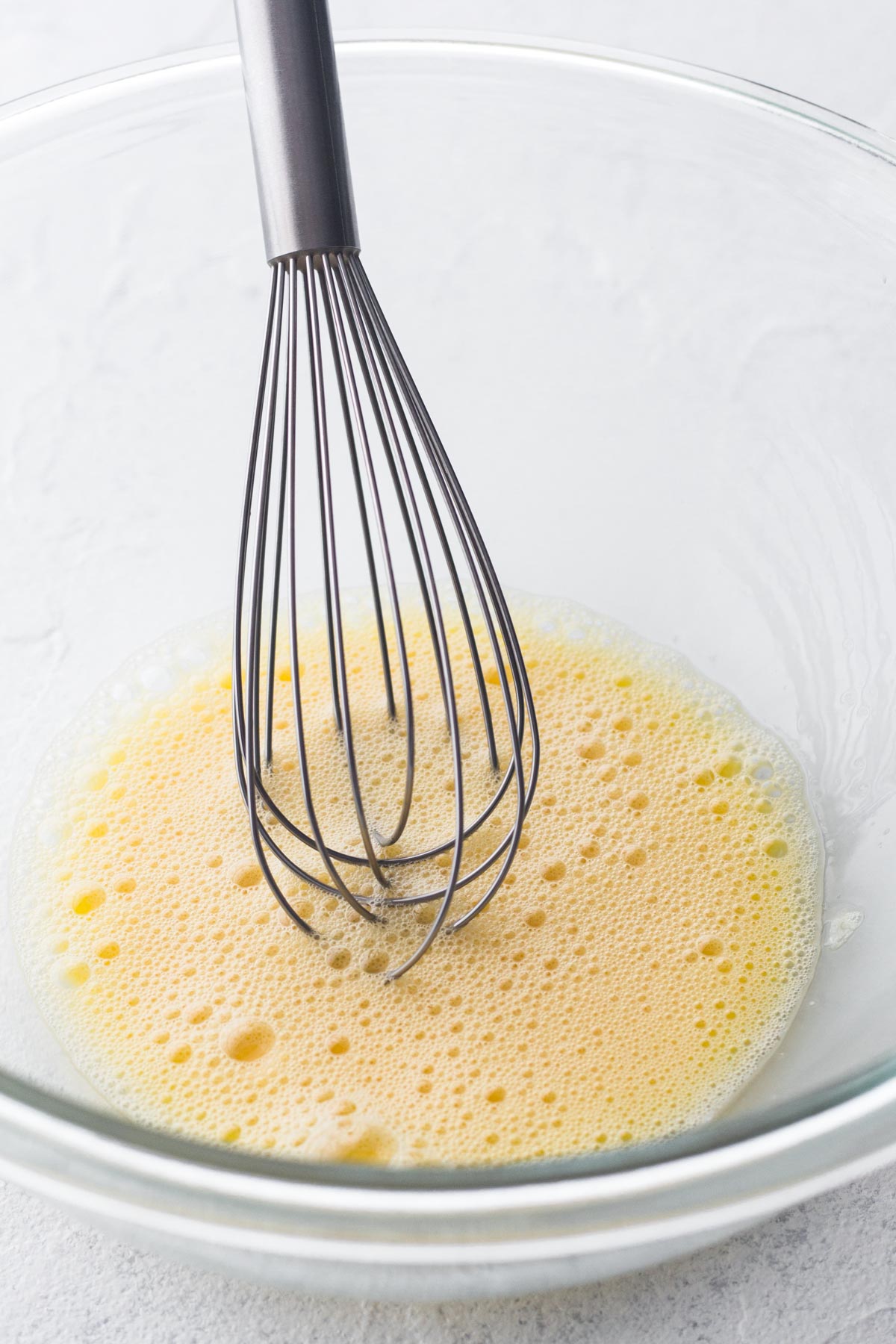
What Does Stir Mean in Baking?
Stirring simply means to mix ingredients together. This is typically done using a wooden spoon or a rubber spatula. Stirring can also be done using a stand mixer with the paddle attachment on a low speed setting. Stirring is a common mixing method that can be used to combine dry ingredients, liquid ingredients, or a combination of dry and liquid ingredients.
How to Stir Ingredients
To stir, use a bowl that's at least slightly larger than the volume of ingredients you'll be mixing to avoid splashing while stirring. Add your ingredients to the bowl, and use a wooden spoon or rubber spatula to move the ingredients around the bowl in a circular motion until they are combined. See the video above for a visual example.
Alternatively, you can use an electric mixer. Stir using an electric handheld mixer on low speed, moving it in a circular motion around the bowl. Or, add the ingredients to the bowl of a stand mixer fitted with the paddle or whisk attachment and stir on low speed.
Tip: Often you'll see recipes say "be careful not to over mix" when instructing you to stir a dough or batter that contains flour. This is because, once mixed with a liquid, the proteins in flour begin to form gluten structures. A bit of gluten is good and gives our baked goods structure, but too much gluten - which can be the result of over mixing - will lead to tough, dense, or gummy baked goods. So when a recipe warns you not to over mix the dough or batter, you typically want to stir the ingredients just until they are combined. For example, if stirring flour into a cookie batter, stop stirring as soon as all of the flour has been incorporated and no dry flour remains.
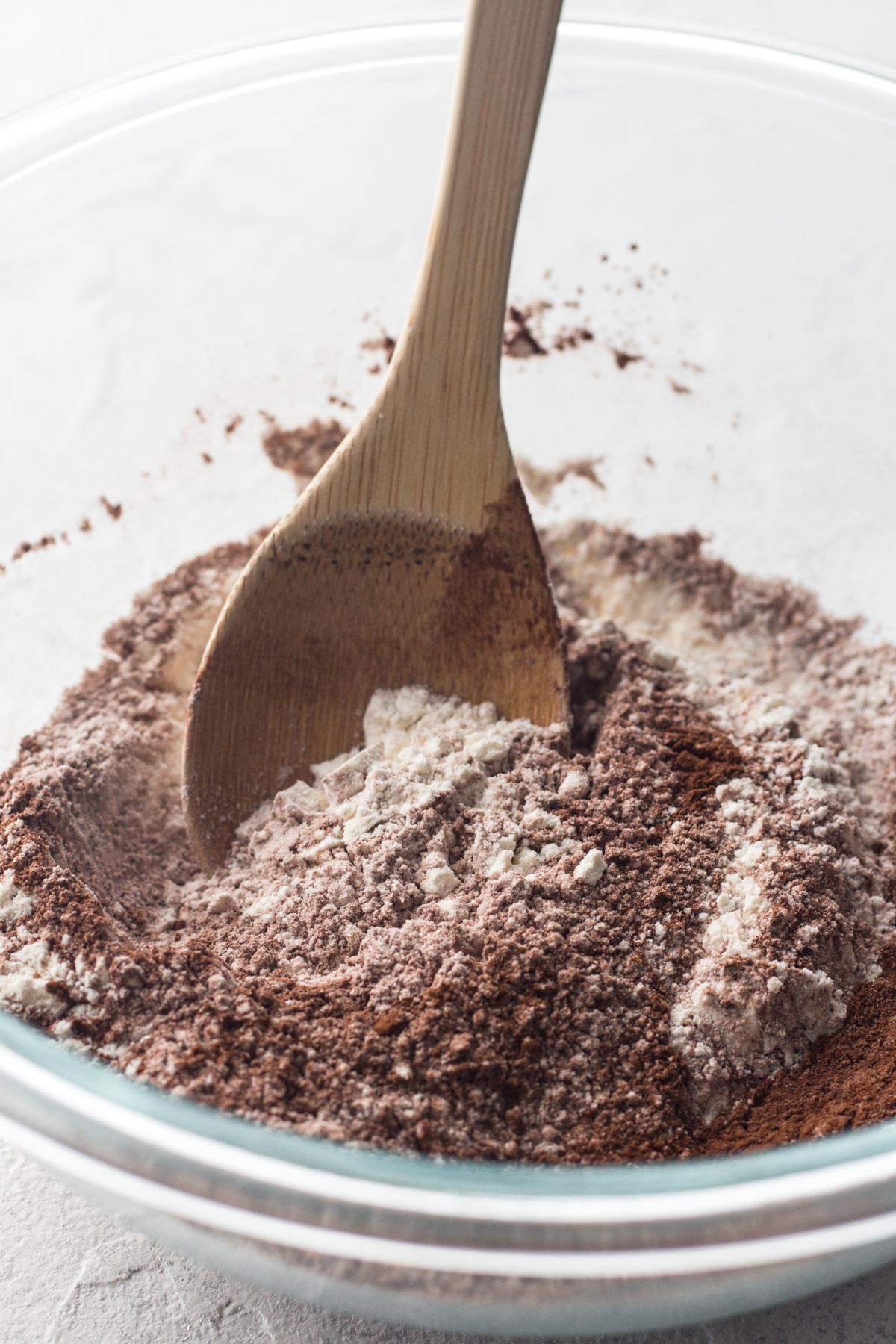


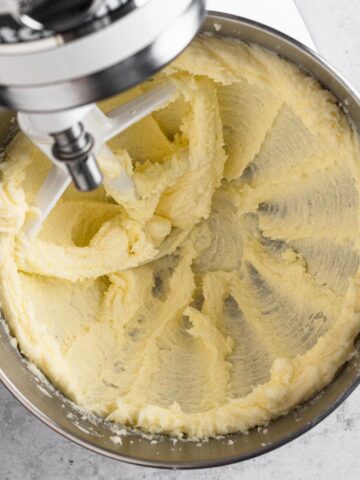
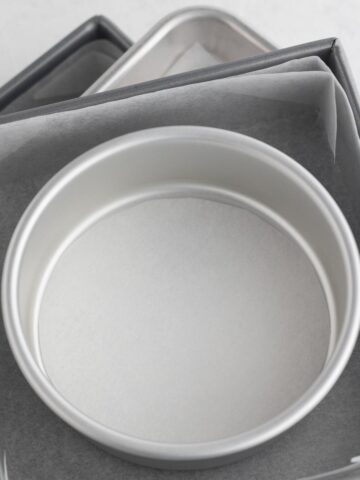
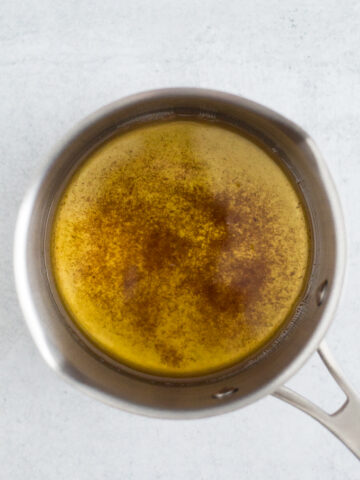
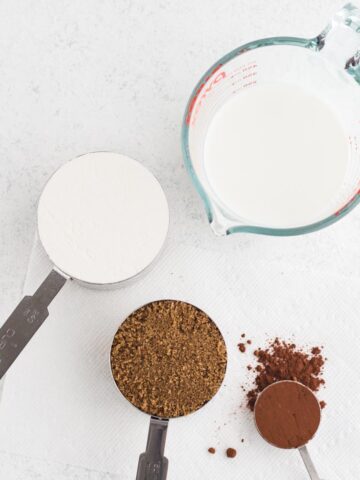
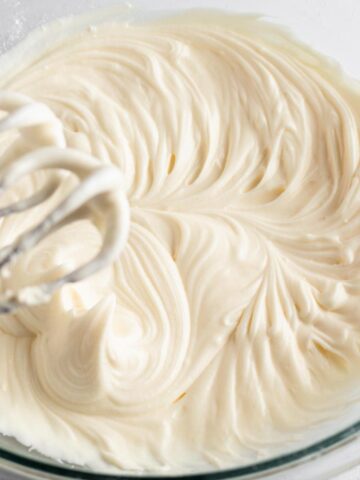
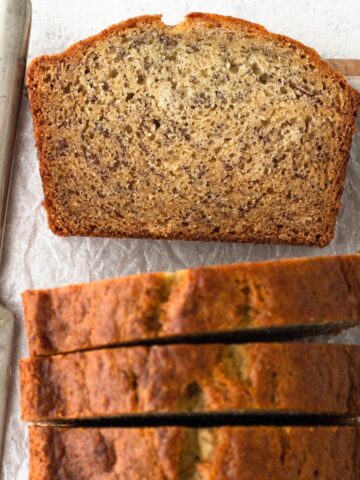
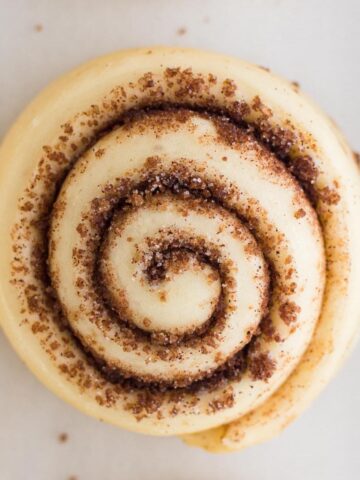
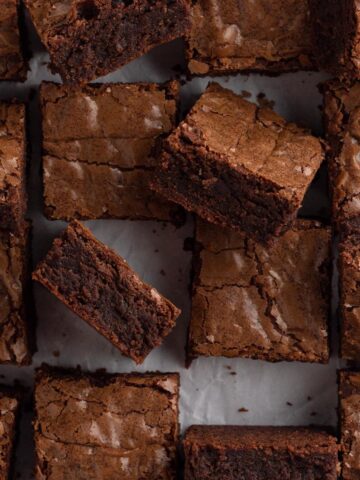
Jenn
Your video was very insightful in the exact difference between folding and stirring in a mixing bowl. Do you have any tips on how to properly fold ingredients in a pot? Particularly butter and sugar for toffee.
Allison Ferraro
Hi Jenn! That's a great question! I'm going to assume that the recipe you're using calls for combining the butter and sugar in a pot as they melt? And perhaps the recipe uses the word "fold" in the instructions for combining these two ingredients? However, folding is used as a way to gently combine ingredients with different densities when one of the ingredients is full of air (such as whipped egg whites being folded into cake batter) and you're trying to avoid deflating the lighter ingredient. In the case of blending sugar with melted butter, I see no reason why you can't simply stir the two together. I took a quick look at a few toffee recipes on Google and all of them call for stirring the two ingredients together, so if the recipe you're using does say "fold" perhaps it was used incorrectly by the recipes' author? I hope this helps!
- Allison
cat
so for me, is it safe to say "mix in" uses an electric mixer while "blend, stir, and fold in" requires a spoon (usually wooden) or spatula?
Allison Ferraro
Hi Cat! I know it can be confusing! I do not think that "mix in" necessarily calls for an electric mixer. "Mix in" simply means to combine or blend the ingredients together, and I use "mix", "blend", and "combine" interchangeably. Then I'll specify how to mix/blend/combine ingredients by specifying the type of mixing: beating (with an electric mixer or whisk), stirring (with a wooden spoon or rubber spatula), or folding (with a rubber spatula or wooden spoon). I can't speak for all recipes, but for the recipes I've written I'm careful to specify what tool to use for mixing, especially if I'd suggesting you use an electric mixer. I hope this helps! Please don't hesitate to reach out if you'd like further clarification or if there's a specific recipe you're curious about.
- Allison
Kirsten
This is a very good explanation. I have long known the terms but was at a loss to explain what they meant clearly and you did wonderfully.
Baking terms had to be very concise to fit on recipe cards (3” x 5”) but also precise. Most bakers learned basic construction methods and recipe shorthand at a fairly young age. I did. A lot of my cards just list ingredients and maybe “cream,” or “muffin,” and then time and temperature.
Dennis
Thanks for the fistinctions. I made a. Cheese cake but found folding in the sour cream challenging
My cake came out a little clumpy but tasty. Could that be a result of improper folding?
Allison Ferraro
Hi Dennis! There are many factors to consider when troubleshooting a recipe - including the method of mixing - but if you're noticing lumps in your cheesecake batter my first guess is that the ingredients weren't completely room temperature when mixed. Cream cheese is especially challenging to mix into a smooth batter when it's even slightly chilled. I hope this helps!
- Allison